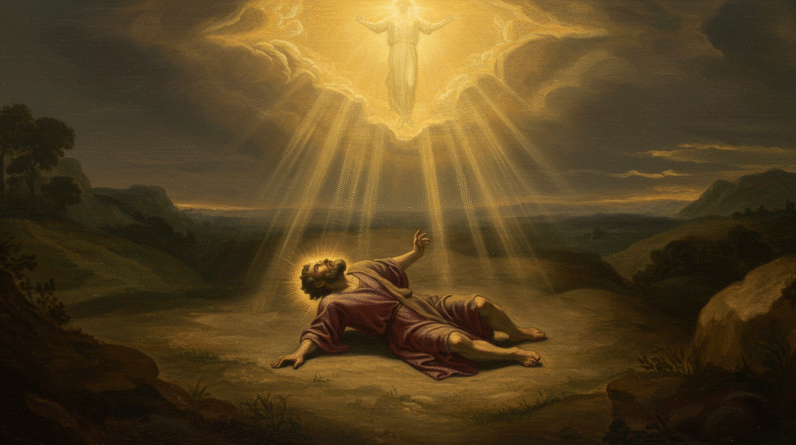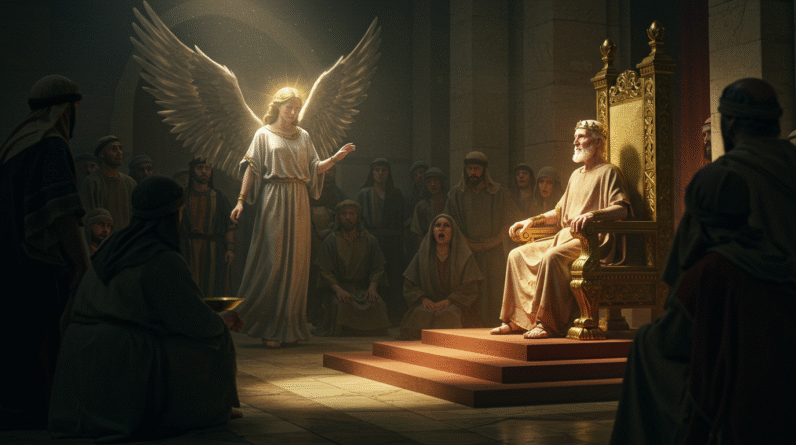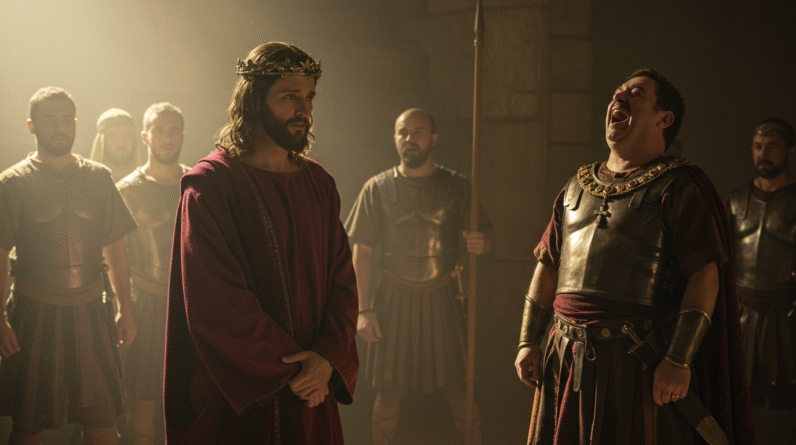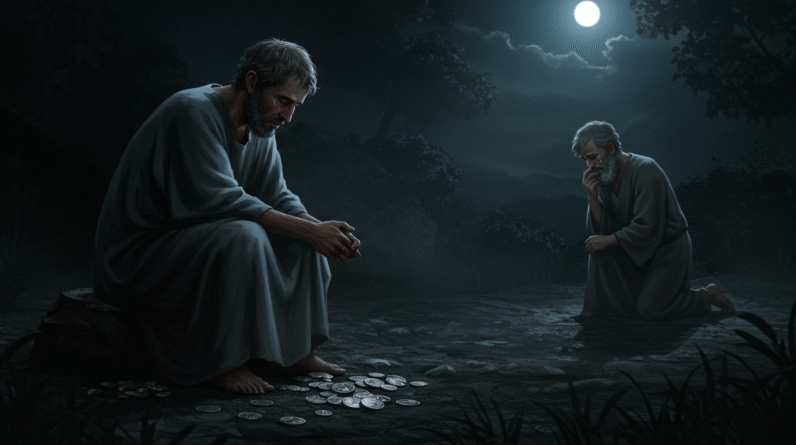The Gallows Meant for Mordecai: How God Turned the Tables on Haman
Hello friend, let’s take a journey together into the world of ancient Persia, where intrigue and divine providence coalesce into a dramatic tale. Today, we’re diving into the story of Haman, Mordecai, and the gallows meant for one but used for the other, highlighting how God turned the tables on Haman in a fashion that continues to inspire. Pour yourself a cup of tea and find a comfy spot, because this story has it all: suspense, divine intervention, and a remarkable ending you won’t forget.
Introducing the Main Characters
First, a brief introduction to the key players: Mordecai, Haman, Esther, and, of course, the omnipresent God guiding the narrative.
Mordecai, a Jew in exile, was living in the Persian Empire under King Xerxes. We recognize him as steadfast and committed to his faith in God. Esther, his cousin and adopted daughter, rose to become queen of Persia by divine arrangement and beauty. Haman, the villain of this story, held the position of prime minister and was hungry for both power and validation. Then there’s the mastermind behind it all—God—working quietly yet effectively from the background.
Haman Gallows: A Trap Set
Haman’s hatred for Mordecai stemmed from a singular incident. Mordecai, a dedicated Jew, refused to bow down to Haman as he would to God Esther 3:5. This, of course, wounded Haman’s pride. In retaliation, Haman devised a plan to annihilate the entire Jewish population throughout the kingdom Esther 3:6. What he needed was a means to eliminate his immediate rival, Mordecai, without arousing suspicions about his broader genocidal plot.
Enter the infamous gallows—Haman’s planned spectacle intended for Mordecai. Haman intended to hang Mordecai on this 75-foot-high structure Esther 5:14, ensuring maximum visibility and, in his mind, maximum disgrace. Little did Haman know that his sinister plan and this very gallows would pave the way for his undoing.
God’s Intervention Begins
Before the events surrounding the gallows unfolded, something pivotal happened: the king had a sleepless night. Restless, King Xerxes called for the Book of Chronicles, which recorded the kingdom’s events Esther 6:1. He discovered Mordecai’s past act of loyalty in foiling an assassination plot and realized that he had not been rewarded Esther 6:2-3. This discovery would become a significant turning point engineered by divine providence.
The Irony of Haman’s Plan
The irony and the twist are almost cinematic. Unaware of the king’s new intentions, Haman entered the court to request Mordecai’s execution on his newly built gallows. But before he could even ask, the king engaged Haman in his plans—this time, to honor Mordecai with a royal parade Esther 6:6-10. You can almost feel the absurdity and irony of the moment—the man plotting Mordecai’s downfall was tasked with celebrating him instead.
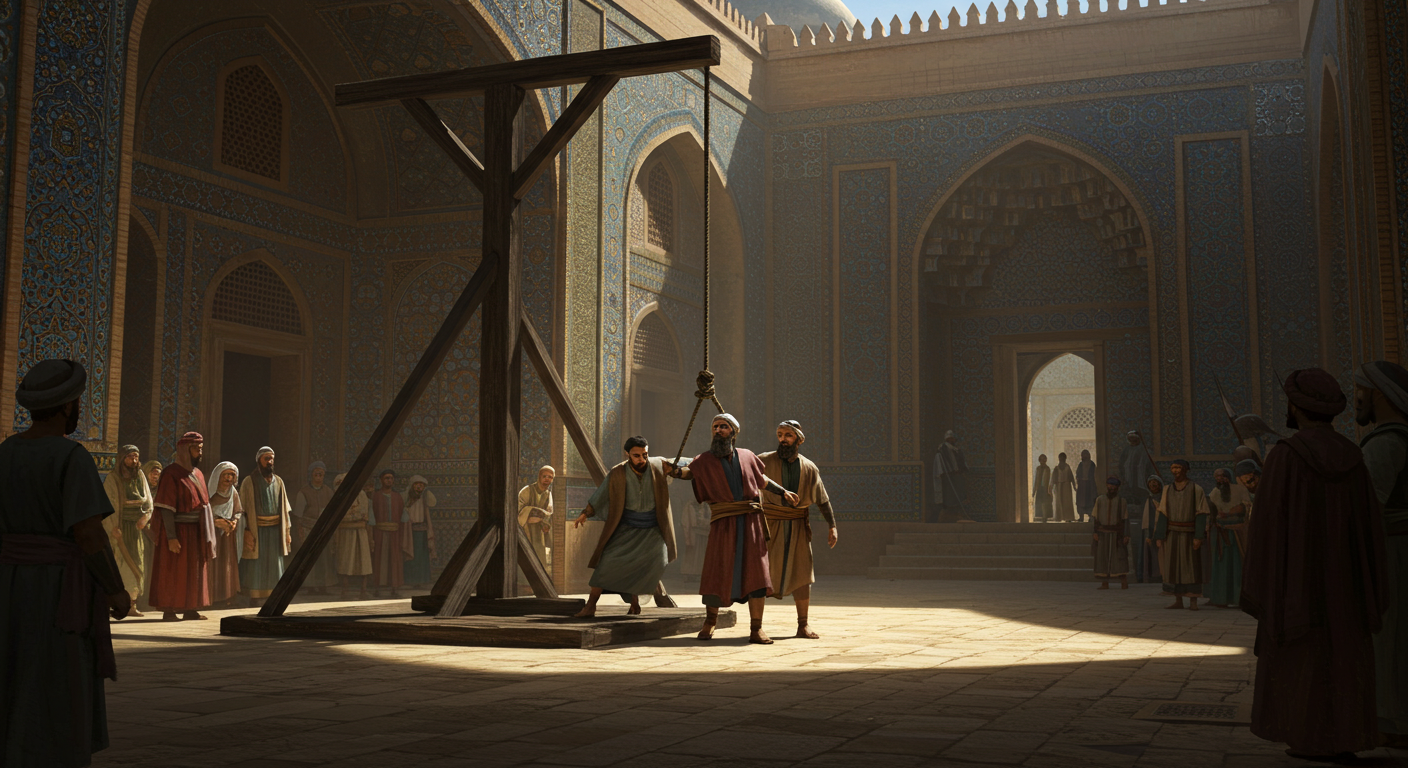
The Gallows and God’s Near-Touch
It’s astonishing how God chose this critical moment to act. No supernatural event, no thunderous voices from heaven. Just a king curious about history, a sleepless night, and fate intervening in the cruelty of Haman’s gallows. Imagine Haman’s fury and humiliation, parading around the city with Mordecai in royal robes when only moments ago, he had intended to kill him.
Esther’s Ingenious Courage
Meanwhile, Queen Esther, a heroine whose courage can’t be overstated, was orchestrating her battle behind palace doors. Her dual banquets were a strategic move to expose Haman and appeal to the king. Esther 5:4. Her timing and calculated emotional plea to King Xerxes, to spare her people from the slaughter Haman plotted, resonate with poetic justice.
In the presence of Esther, Haman’s true nature was uncovered, and his machinations were laid bare Esther 7:3-6. This powerful scene illustrates not just Esther’s boldness, but God’s unseen hand guiding His people.
Turning the Tables on Haman
Here’s where the ultimate twist of fate involves Haman’s gallows. As the king stormed out to process this shocking treachery, Haman stayed behind, pleading with Queen Esther for his life. However, his fate was sealed because upon Xerxes’ return, Haman’s actions were perceived as an affront, escalating his downfall Esther 7:7-8.
In a divine comedy kind of twist, the gallows Haman constructed for Mordecai became the instrument of his death Esther 7:9-10. Talk about poetic justice.
The Significance of the Haman Gallows
So, what was meant to instill fear and maintain Haman’s supremacy became an emblem of God’s promise to protect His people. The gallows, designed as a symbol of destruction for Mordecai, turned into a monument of divine intervention. It’s moments like these in our own lives—a sudden change in plans, unexpected outcomes—that prompt us to reflect on divine influence and purpose.
Lessons from the Story of Haman Gallows
The story isn’t just about Haman’s downfall; it’s deeply entrenched with moral and spiritual lessons:
- Divine Justice: We see how God operates behind the scenes, addressing injustice in His timing, often with profound irony and fairness.
- Fidelity to Faith: Mordecai’s refusal to bow before anyone other than God signifies his unwavering faith. His story encourages believers everywhere to remain steadfast.
- Courage and Wisdom: Esther embodies these traits. Her actions remind us that courage amid adversity has the power to inspire and influence lasting change.
- God’s Sovereignty: Situations that seem bleak are opportunities for God to display His power and reverse fortunes. It’s a hallmark of His sovereignty.
Reflecting on Modern Implications
In our world, “Haman’s gallows” can symbolize the obstacles or challenges you may face. Circumstances may seem dire, plots of detractors ominous, but take heart from how God turned the tables on Haman. Faithful perseverance, strategic thinking, and divine timing can overcome any gallows meant to harm us.
A Story of Faithfulness and Hope
In closing, our journey through Haman’s gallows isn’t merely literature nor solely history. It’s a living testimony of God’s faithfulness and the narratives He orchestrates in our lives. It’s a reflection of hope, from Esther’s bravery to the unexpected twists that favor the faithful.
So, as your steaming cup of tea cools, let this profound story seep into your soul. Let it be a reminder that God’s providence is ever-present, waiting to turn your challenges into your triumphs.
Explore More
For further reading and encouragement, check out these posts:
👉 7 Bible Verses About Faith in Hard Times
👉 Job’s Faith: What We Can Learn From His Trials
👉 How To Trust God When Everything Falls Apart
👉 Why God Allows Suffering – A Biblical Perspective
👉 Faith Over Fear: How To Stand Strong In Uncertain Seasons
👉 How To Encourage Someone Struggling With Their Faith
👉 5 Prayers for Strength When You’re Feeling Weak
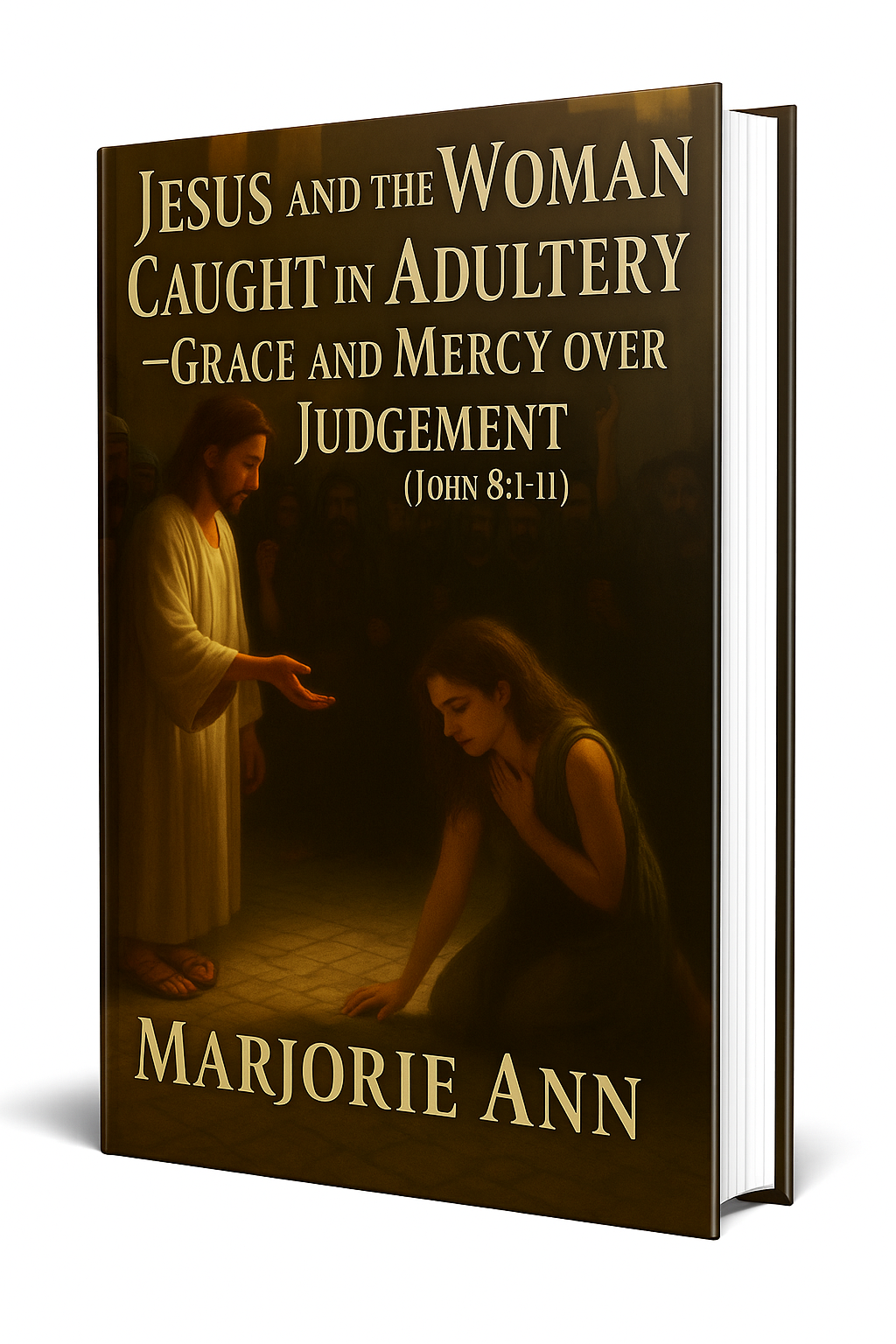
📘 Jesus and the Woman Caught in Adultery – Grace and Mercy Over Judgement
A powerful retelling of John 8:1-11. This book brings to life the depth of forgiveness, mercy, and God’s unwavering love.
👉 Check it now on Amazon
As a ClickBank Affiliate, I earn from qualifying purchases.
Acknowledgment: All Bible verses referenced in this article were accessed via Bible Gateway (or Bible Hub).
“Want to explore more? Check out our latest post on Why Jesus? and discover the life-changing truth of the Gospel!”



